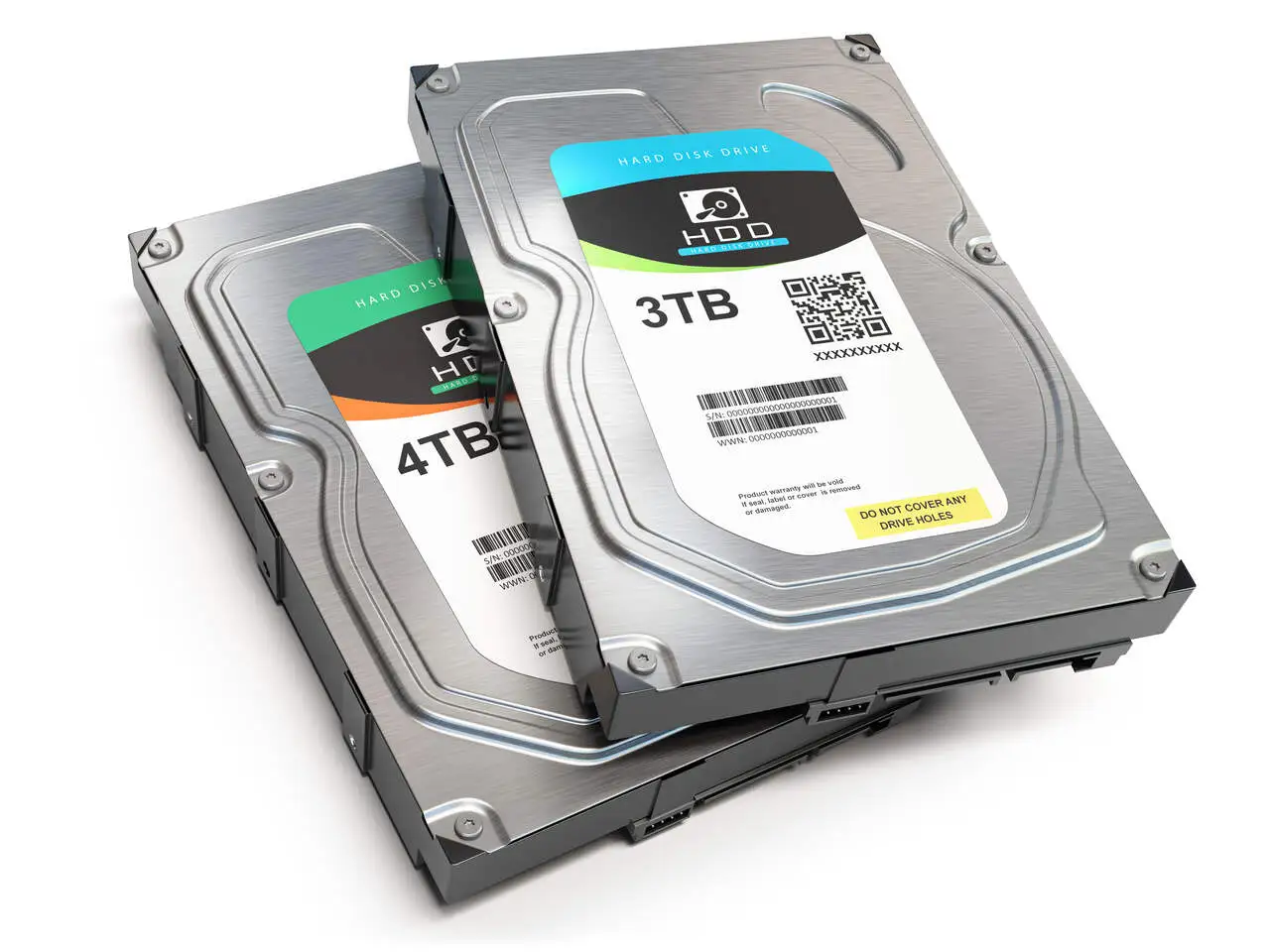Losing photos can be a distressing experience, especially when they have great sentimental value. Fortunately, there are effective methods for recovering these treasures. This article will guide you through the steps needed to recover deleted photos, from understanding data deletion to performing recovery techniques.
When photos are “deleted”, in most cases they are not instantly removed from storage. The system simply marks the space they occupied as available for new data.
How photos are stored and deleted
Photos on a cell phone are stored in the device’s internal memory or on an external memory card (if the device supports this functionality). The way they are stored and deleted may vary slightly depending on the phone’s operating system (such as Android or iOS) and the device manufacturer, but the process generally follows a few common steps.
Photo Storage
- Capture: When you take a photo with your cell phone’s camera, the camera application processes the image captured by the camera sensor, applying various optimizations and adjustments.
- Storage: The processed photo is then saved in the device’s memory. The exact location may vary, but it is usually in a folder dedicated to camera media, such as the “DCIM” (Digital Camera Images) folder.
- Organization: The photo is catalogued by the cell phone’s file management system and can be accessed by photo gallery applications, where you can view, edit or share your images.
Deleting photos
- Selection: When you decide to delete a photo, you usually select it in a gallery application or file manager.
- Deletion: When confirming the deletion, the operating system marks the space the photo occupied as available to be overwritten by new data. The photo itself is not immediately destroyed; instead, the system simply “forgets” where it is stored.
- Recovery: Until the space is effectively overwritten by new data, it is theoretically possible to recover the photo using specialized data recovery tools. However, recovery may become impossible as soon as new data occupies the space
Difference between permanent and temporary exclusion
The difference between permanent and temporary deletion on a cell phone lies mainly in the possibility of recovering the files after deletion and the method by which the data is handled by the device’s system. These differences apply to both photos and other types of files stored on the phone.
Temporary exclusion
- How it works: When you temporarily delete a file, it is usually moved to a specific area of the system, such as a “Recycle Bin” or “Deleted Album”. The file is not removed from the device’s memory immediately. Instead, it is stored in this temporary location for a defined period (e.g. 30 days) or until the user decides to empty the Recycle Bin or restore the file.
- Recovery: The main feature of temporary deletion is how easy it is to recover. If you change your mind or accidentally delete something, you can go to the Recycle Bin or Deleted Album and restore the file to its original location.
- Use: This method is useful for managing files and photos that you’re not sure you want to keep. It provides a safety net to prevent accidental loss of important data.
Permanent exclusion
- How it works: Permanent deletion removes the file from the system in such a way that it is not easily recoverable by the user through the standard means of the operating system. When a file is permanently deleted, the system marks the space it occupied as available to be overwritten by new data.
- Recovery: Although initially the file may still exist in the device’s memory until it is overwritten, recovering it requires the use of specialized data recovery tools. The chance of recovery decreases as the device continues to be used, as new data can overwrite the space where the deleted file was stored.
- Use: Permanent deletion is recommended when you want to ensure that a file is securely removed and cannot be easily recovered, thus protecting your privacy and security. It is an important practice before selling or disposing of a device.
In short, the difference between permanent and temporary deletion is crucial for data management on your cell phone, directly influencing the possibility of recovering files and the security of your personal data.
Tools and methods for recovering deleted photos
File recovery on cell phones, especially after accidental deletion or damage to the device, can be crucial for recovering photos, documents and other important data. There are various tools and methods available for data recovery, each with its own specificities, advantages and limitations. Such as companies specializing in data recovery.
This choice is crucial to ensure data security, software can permanently damage files making recovery impossible, specialized companies have the experience and tools necessary to recover files from any storage device, including cell phones.



